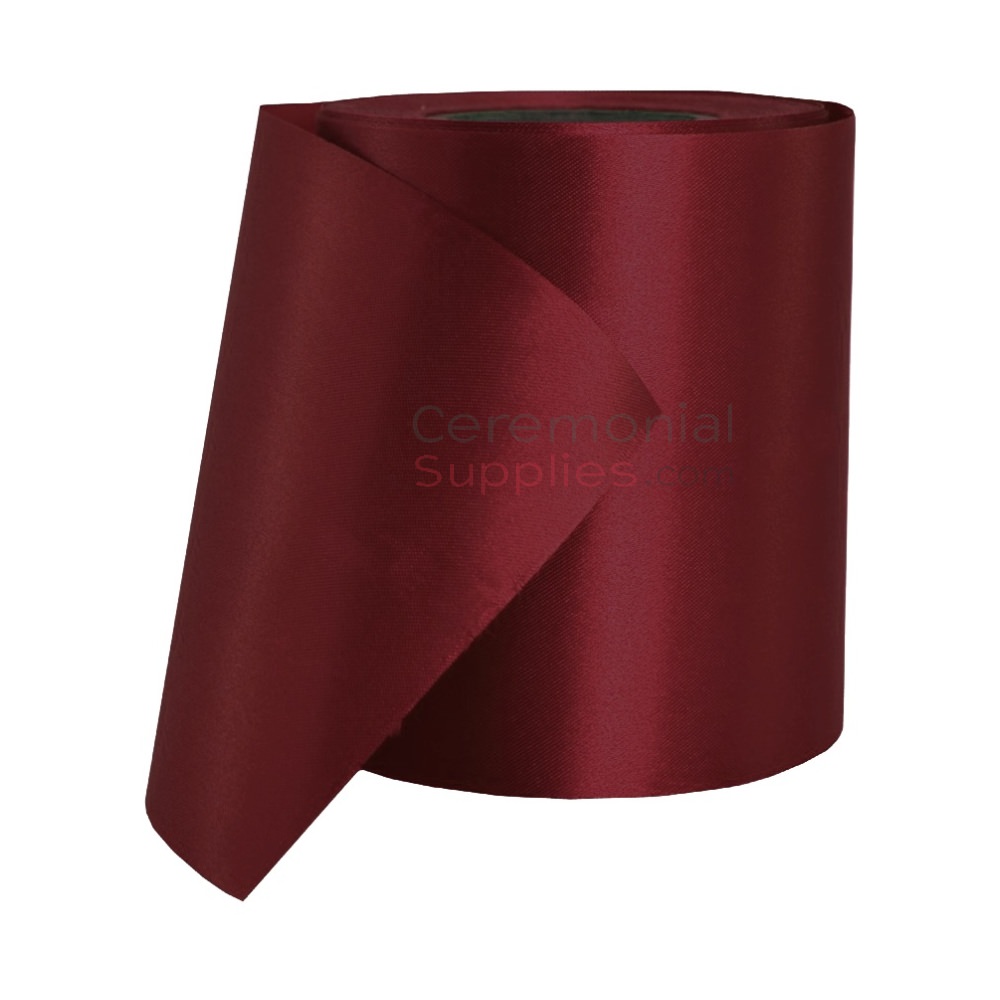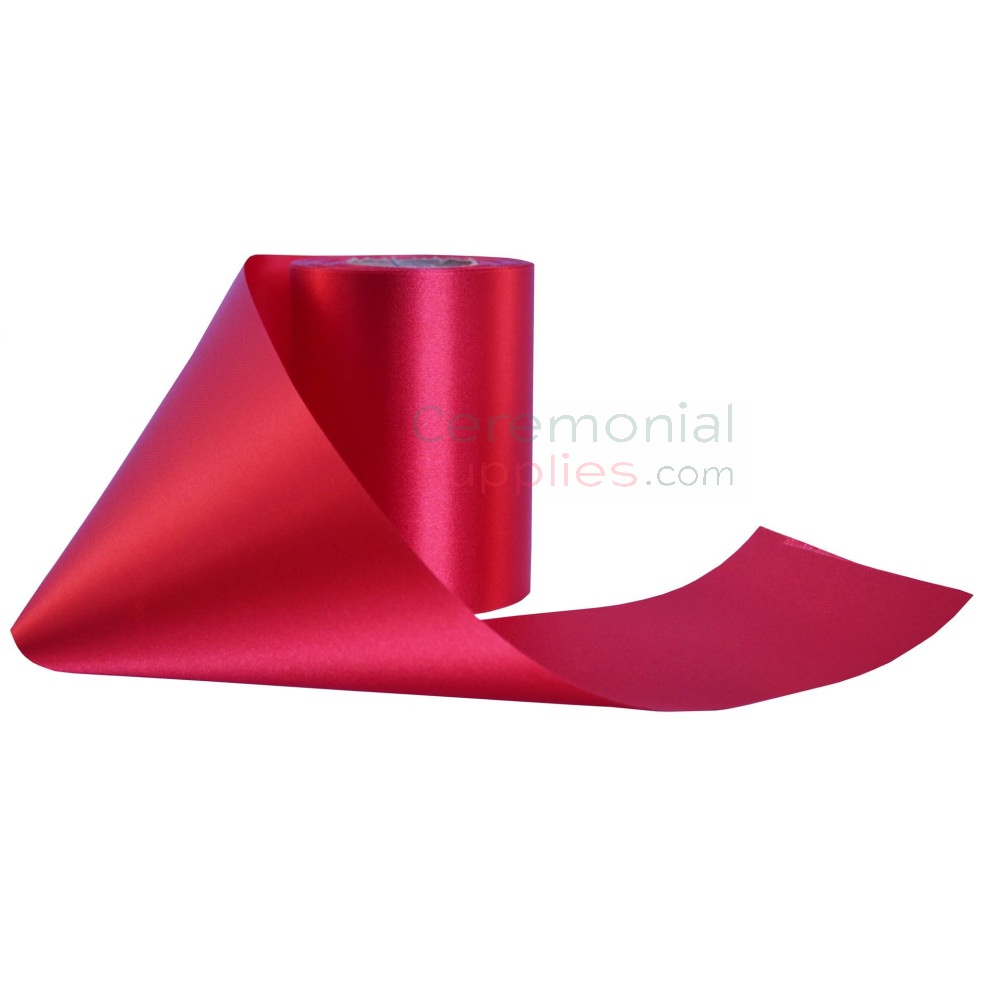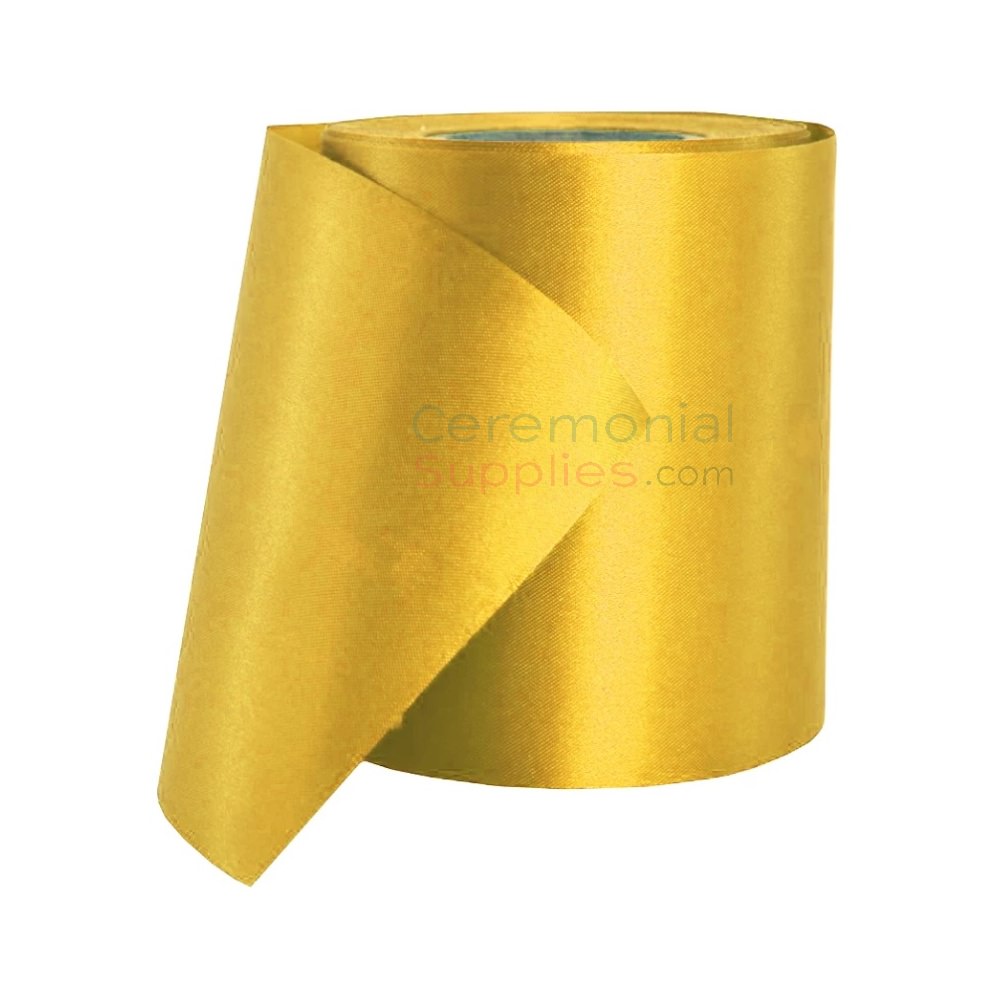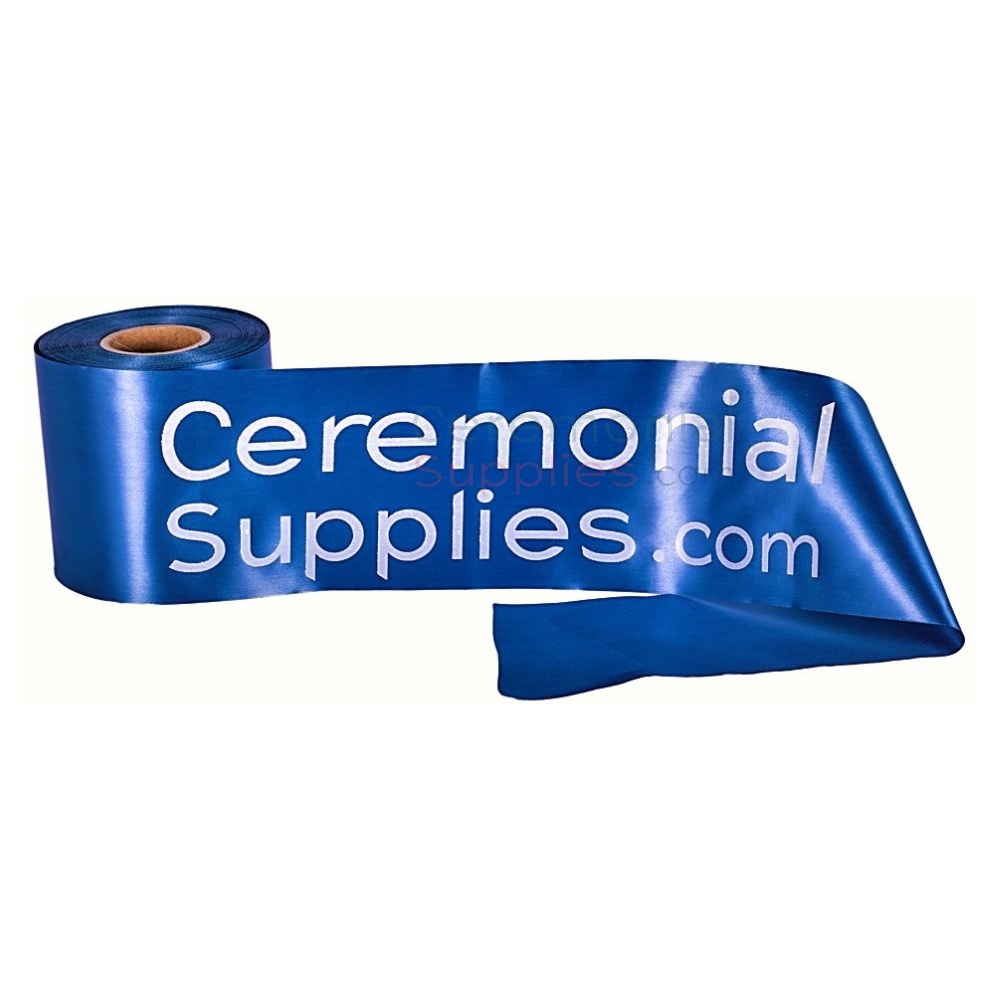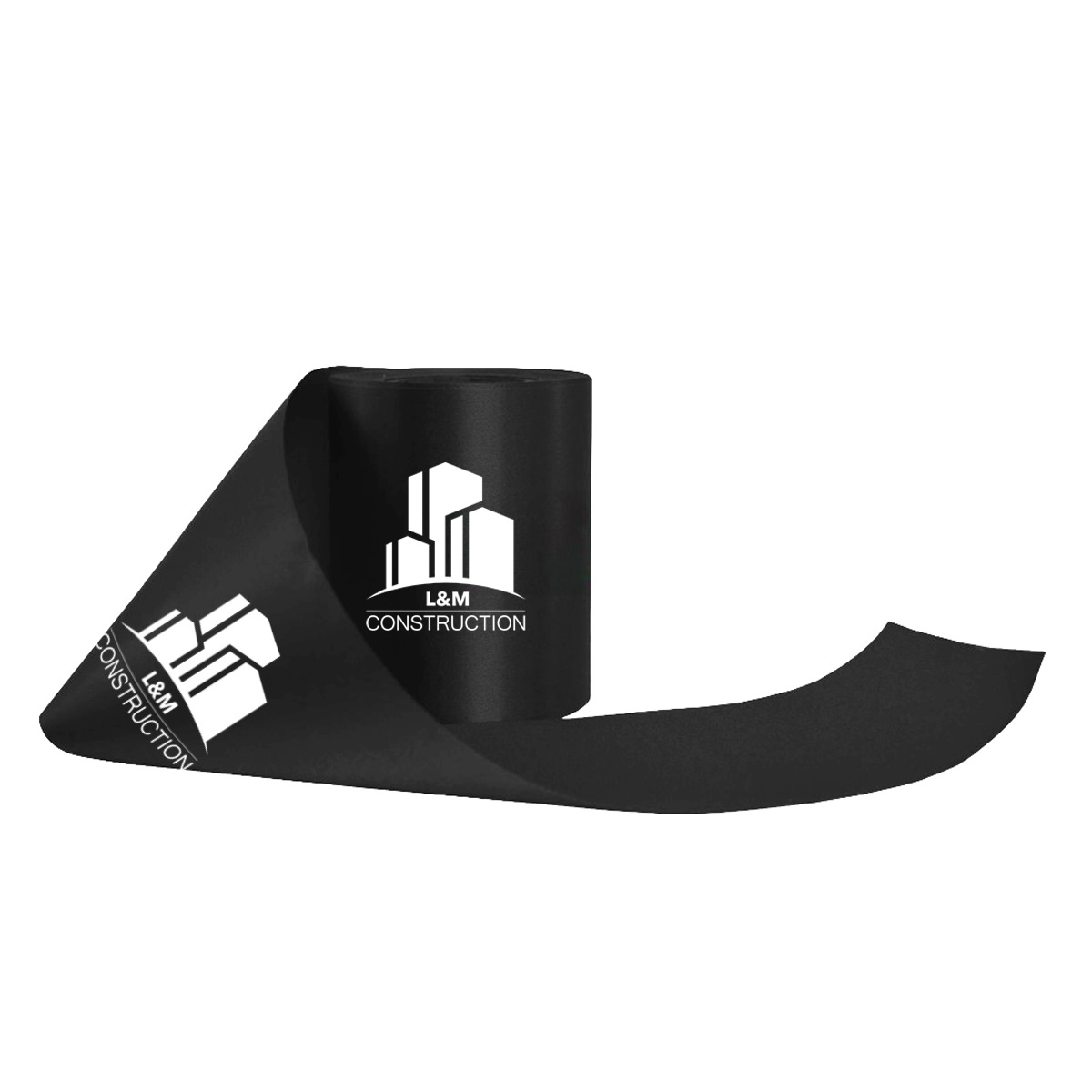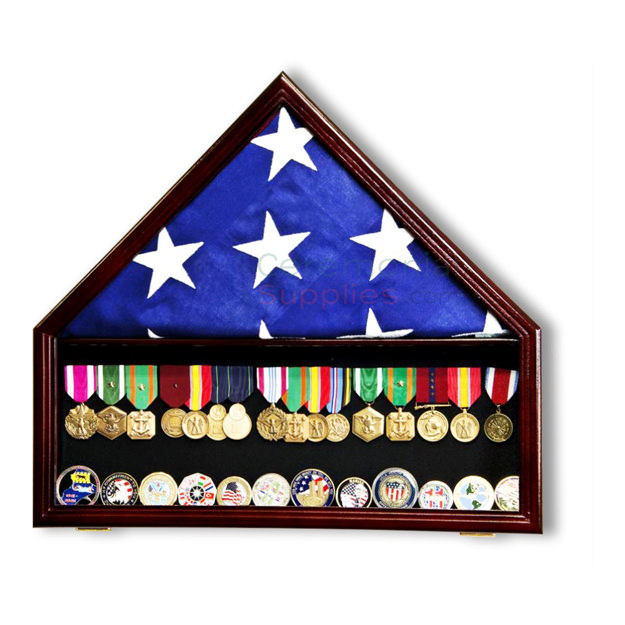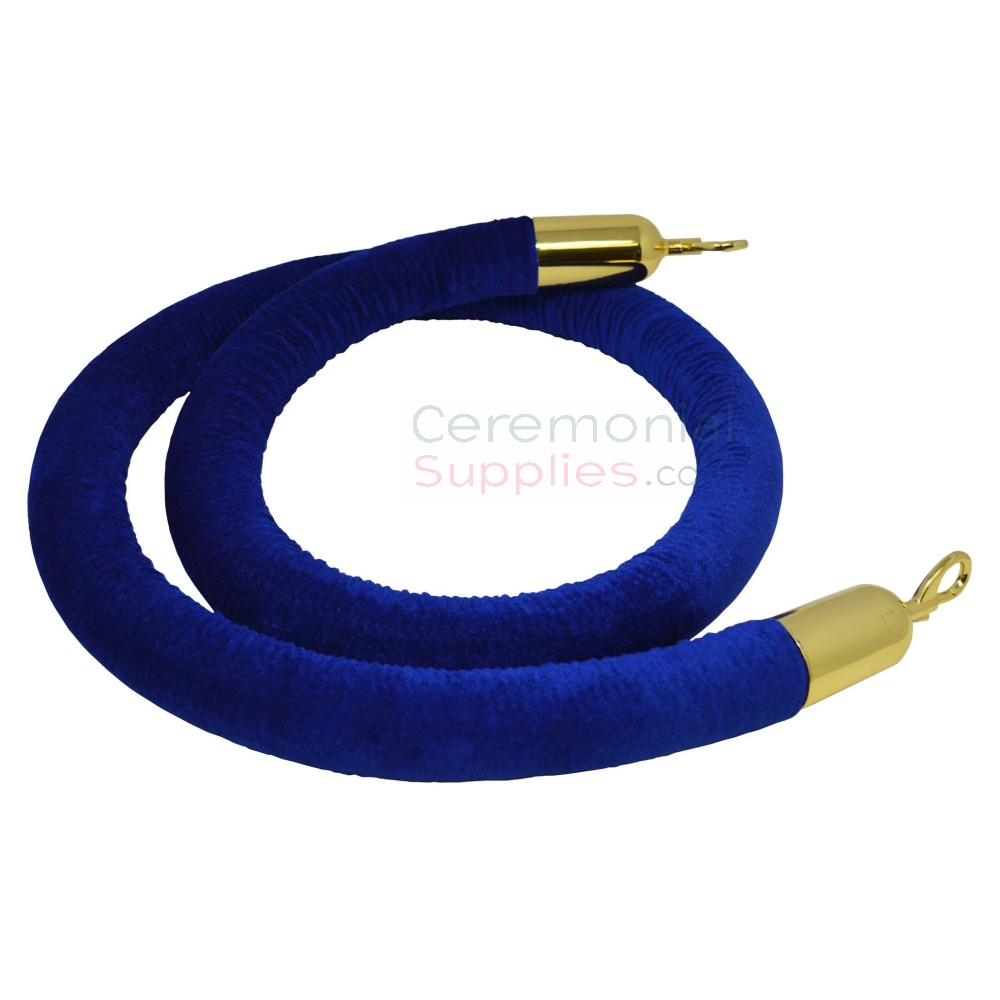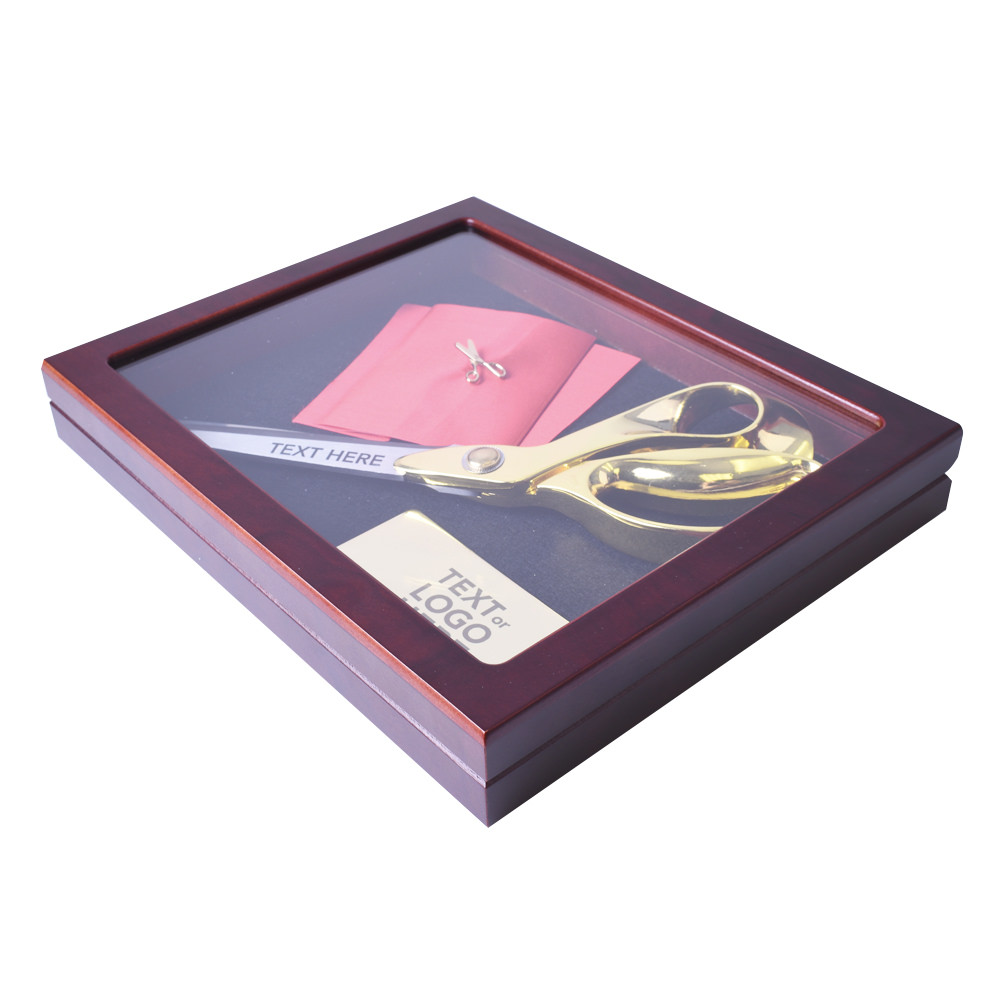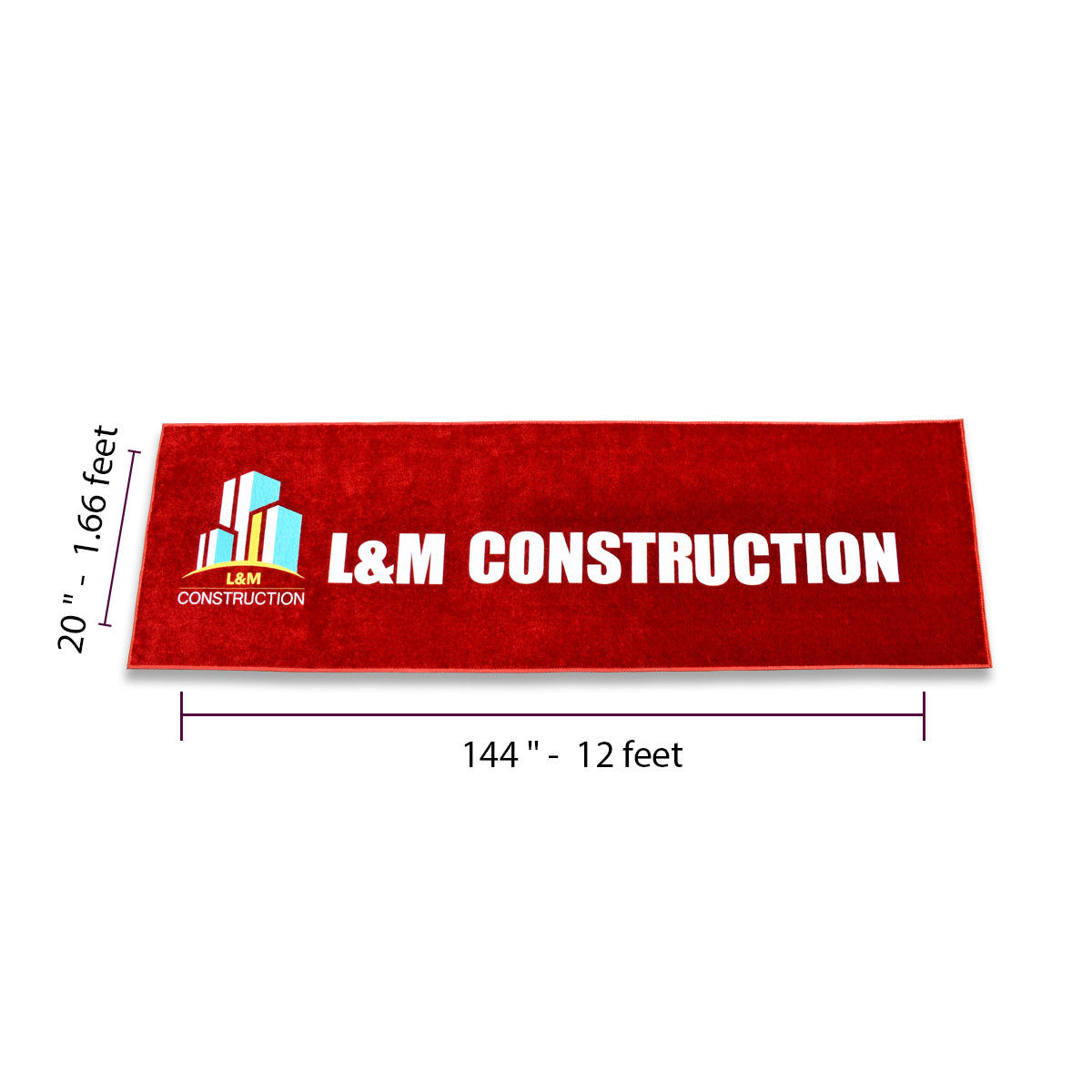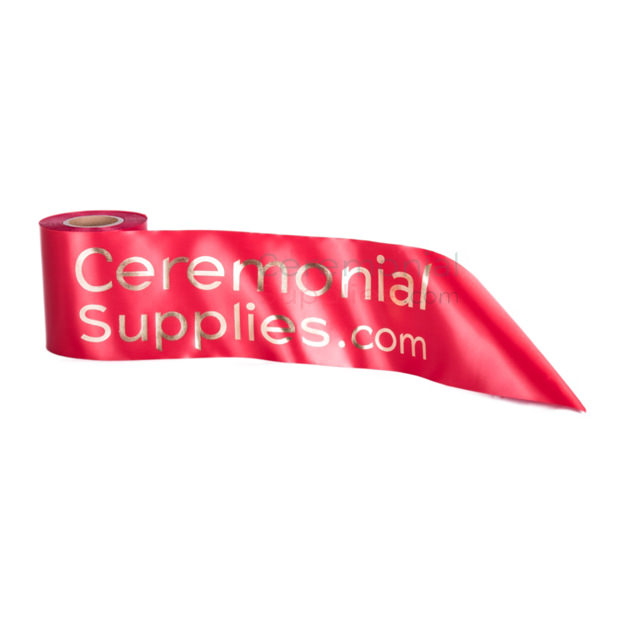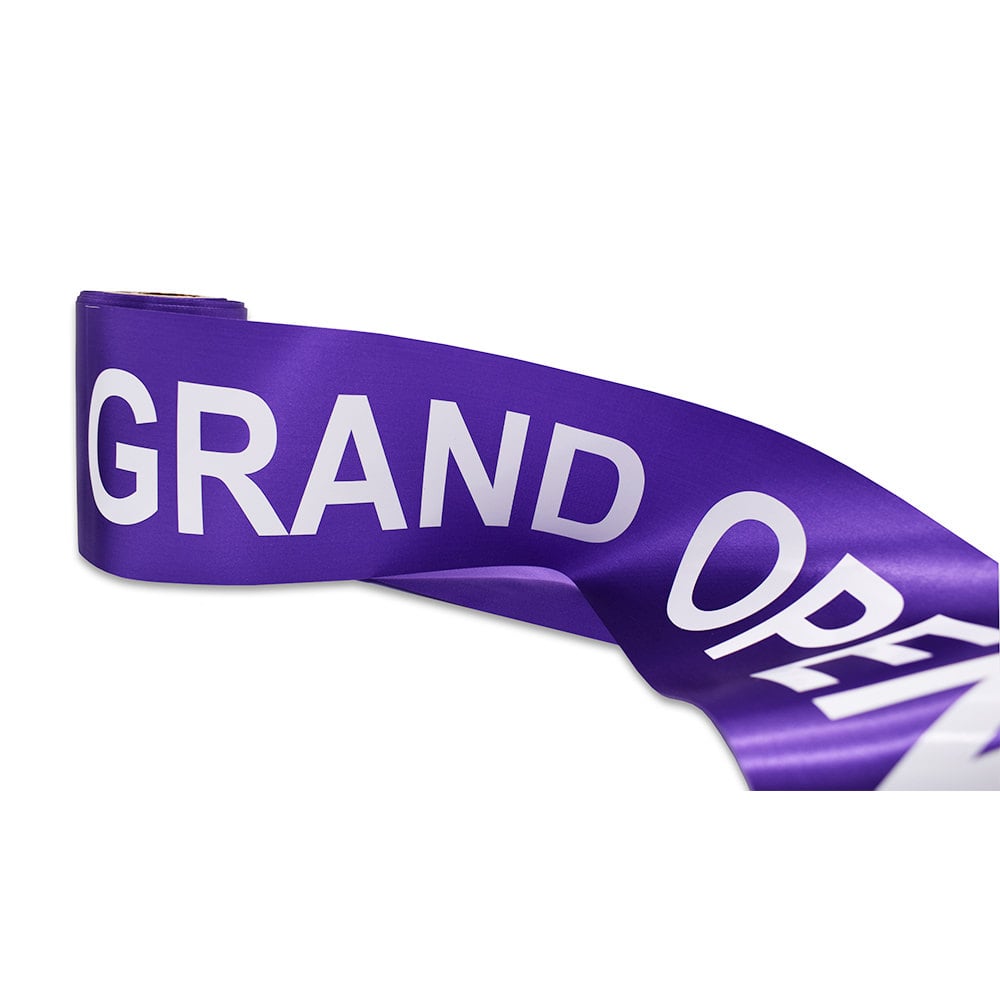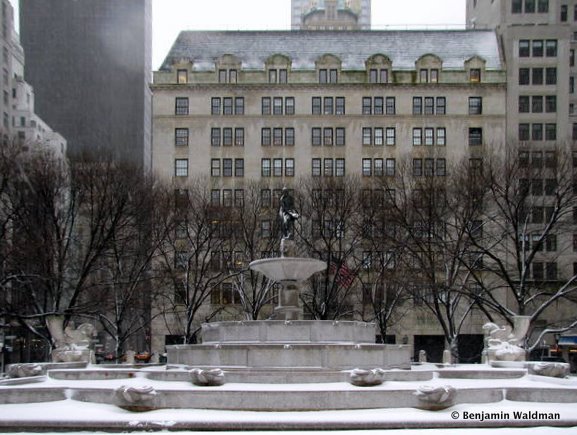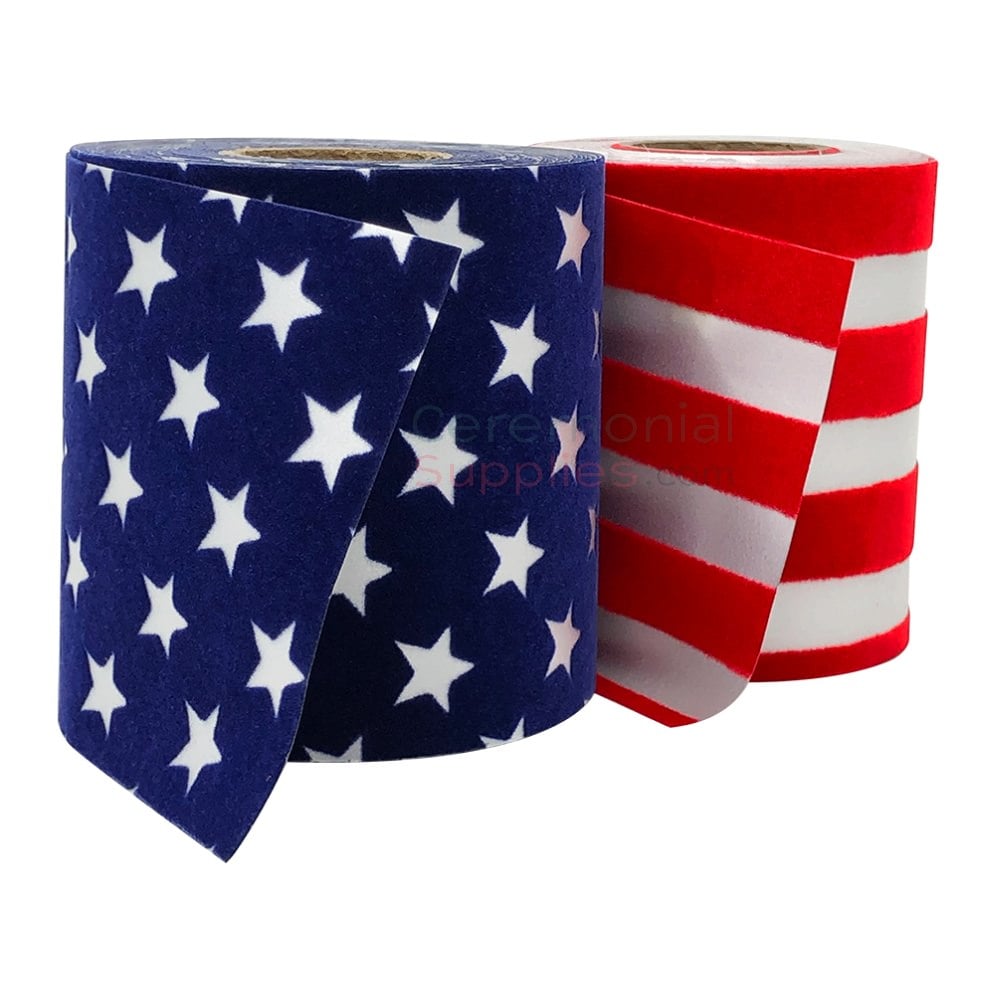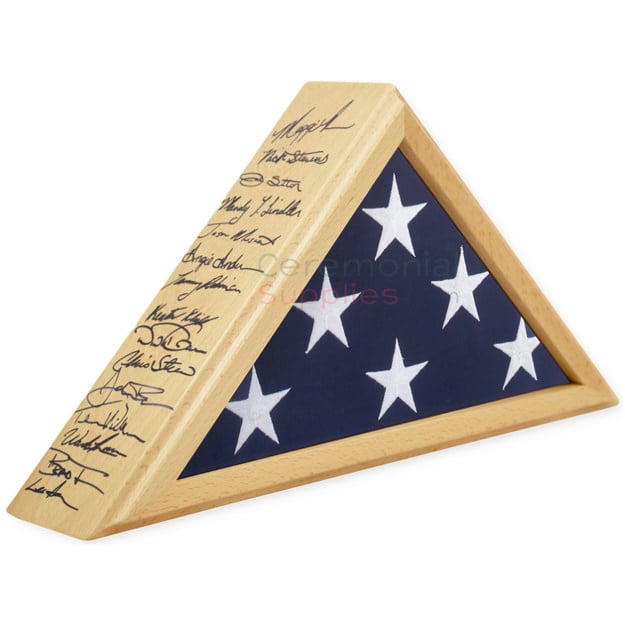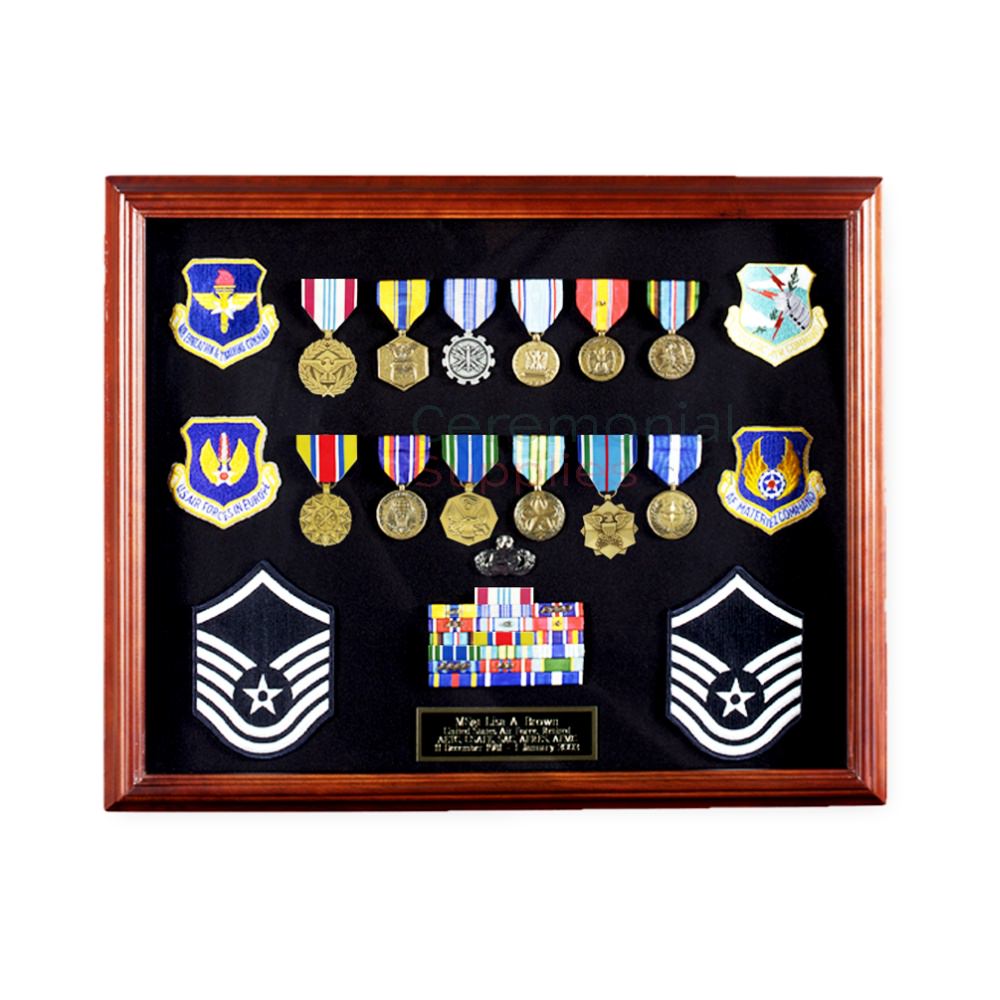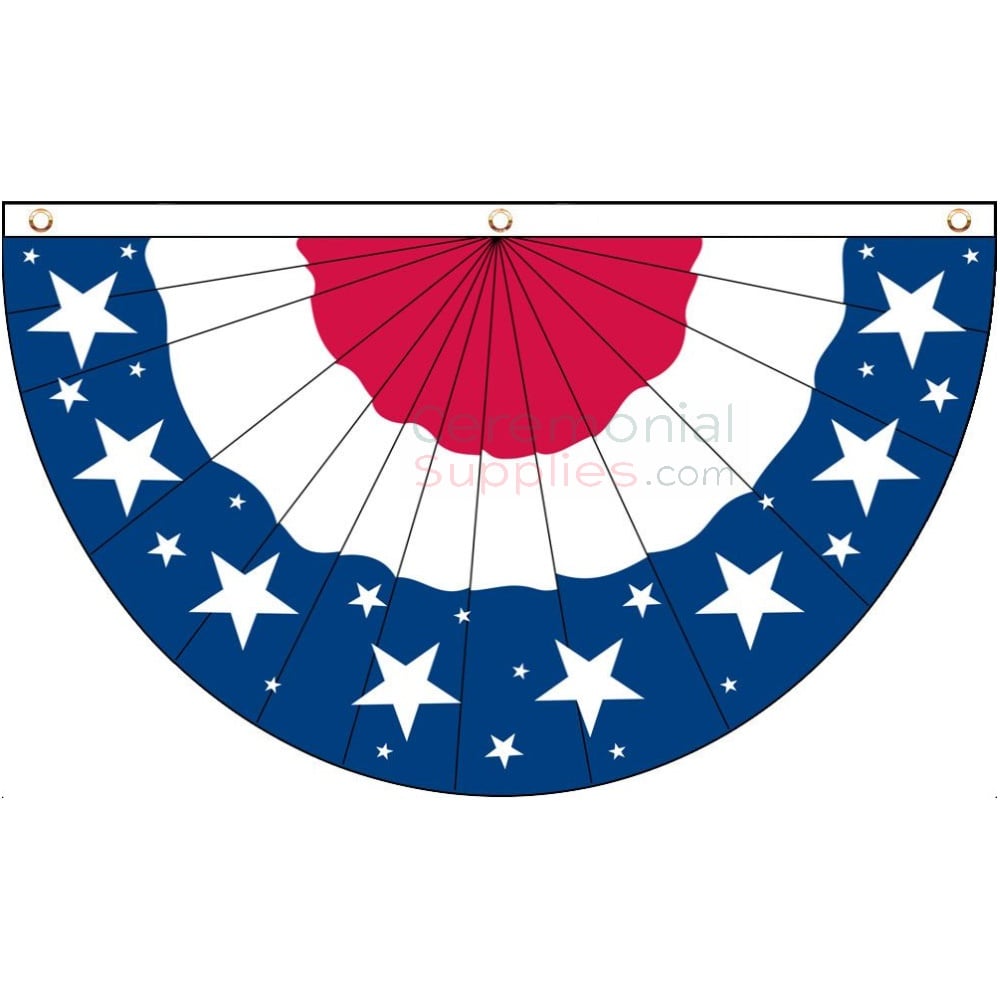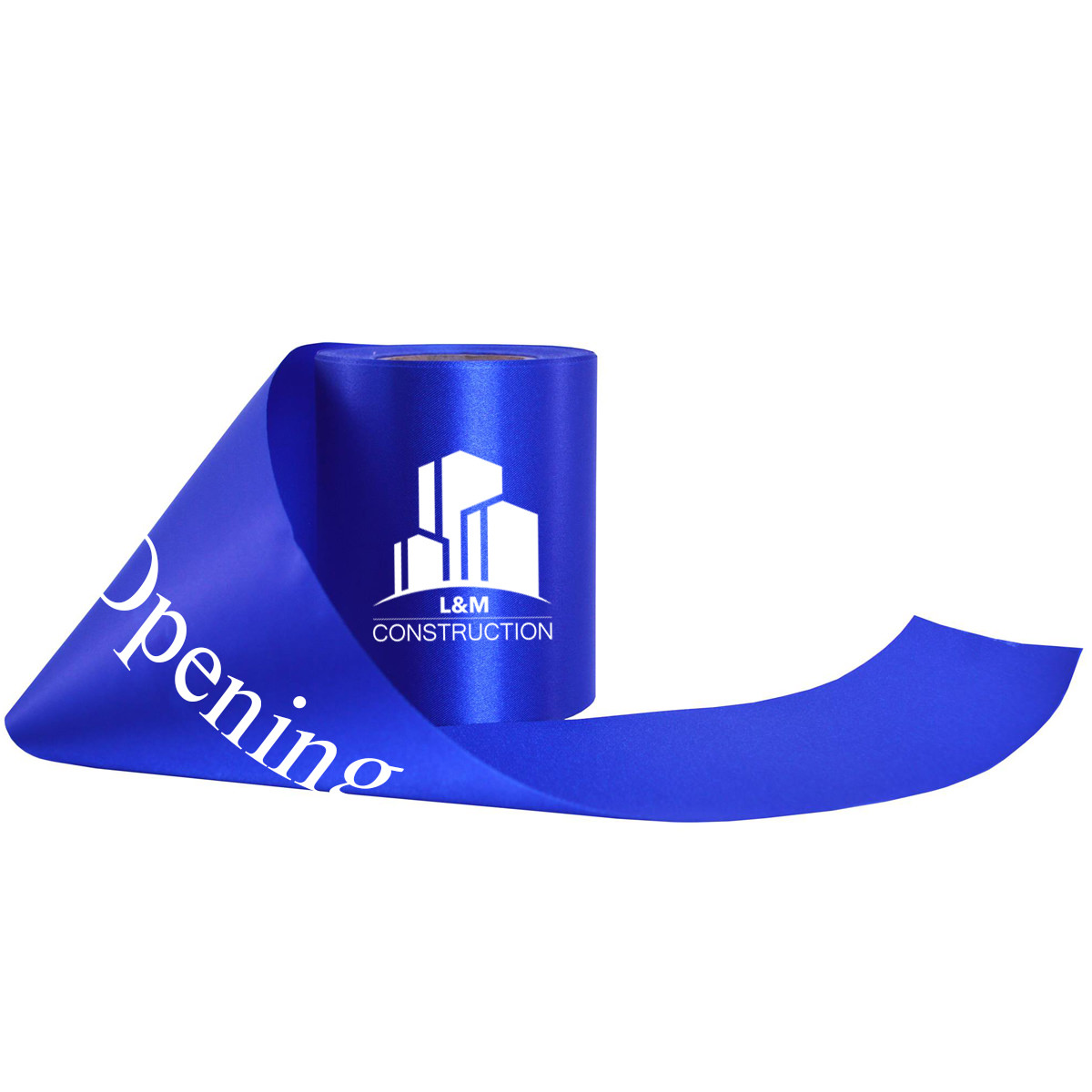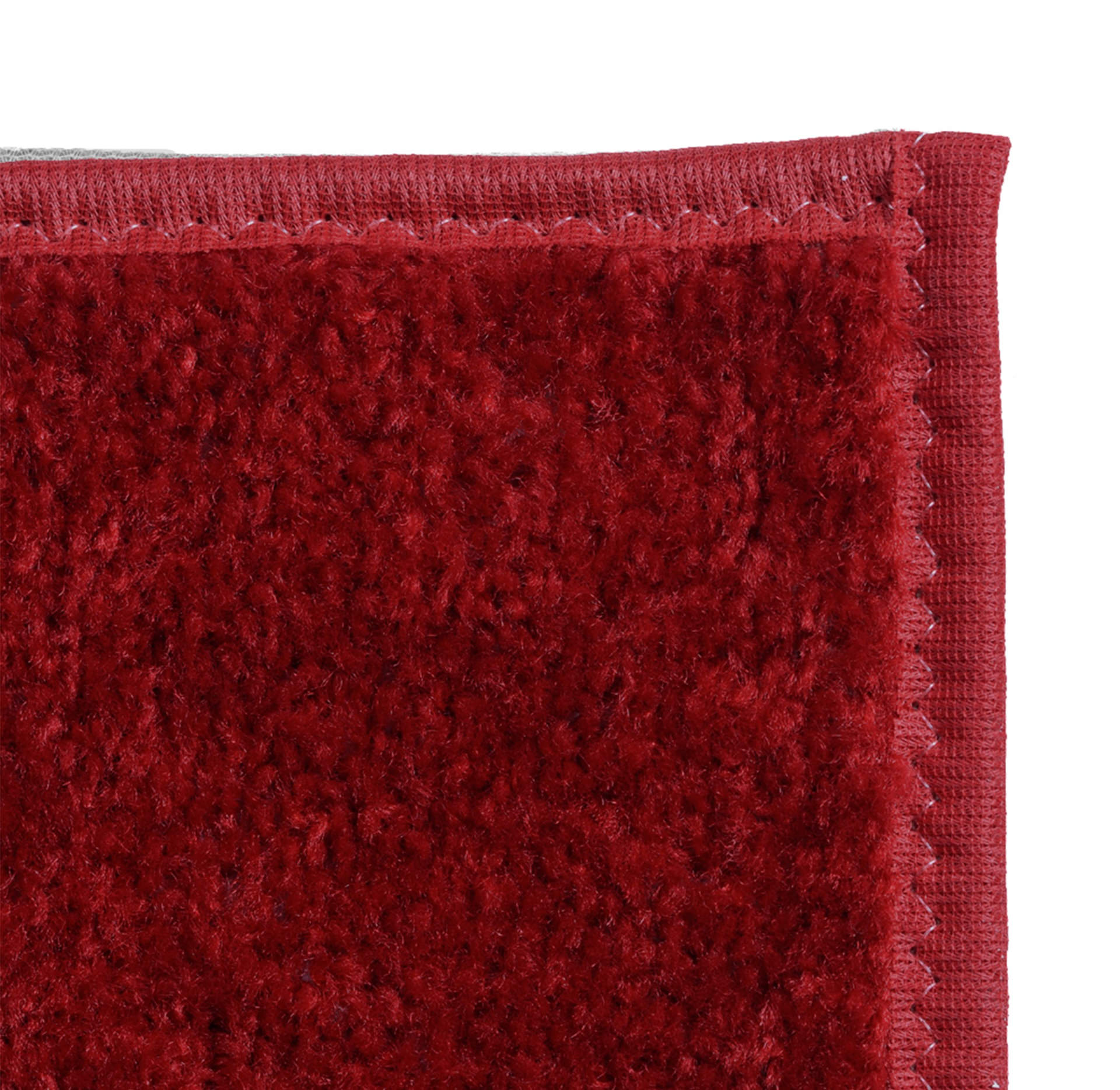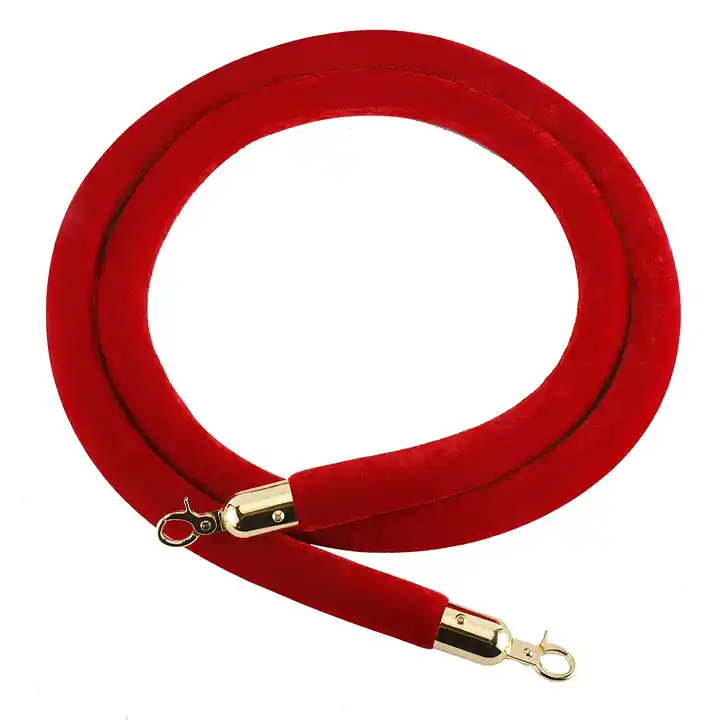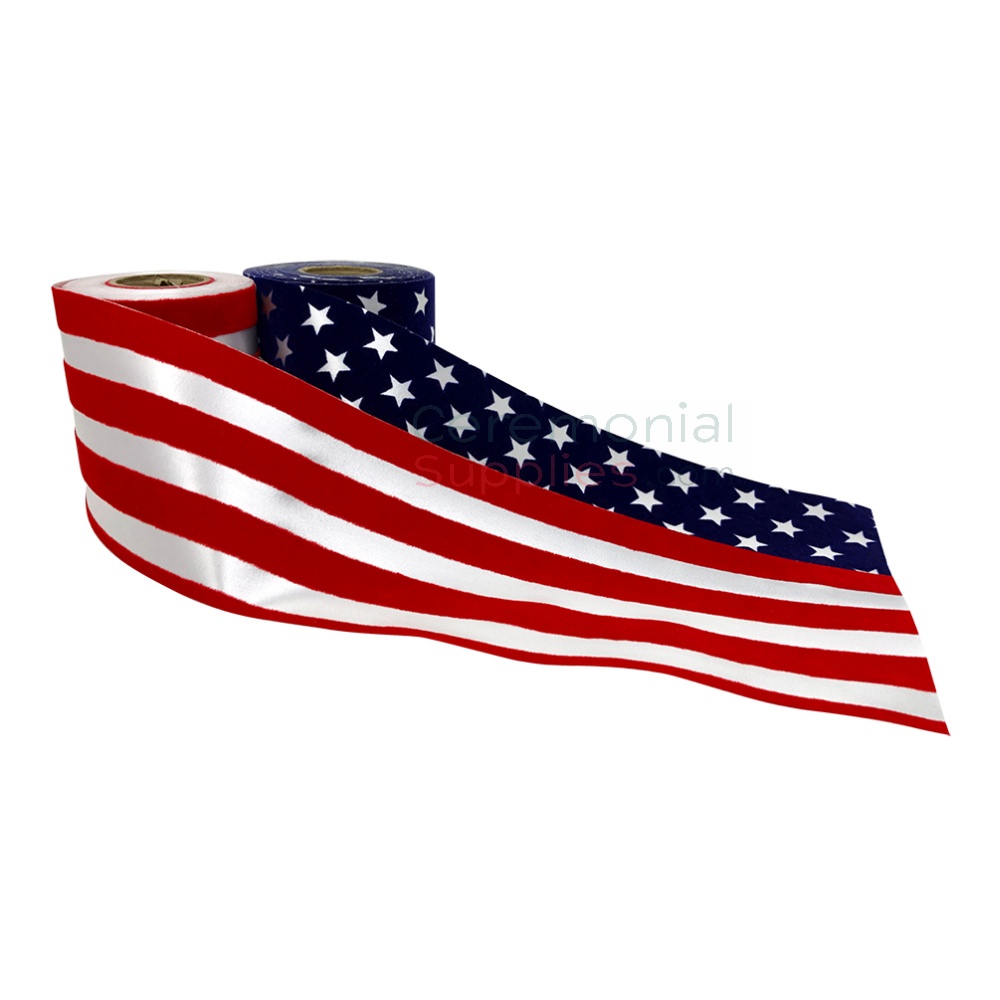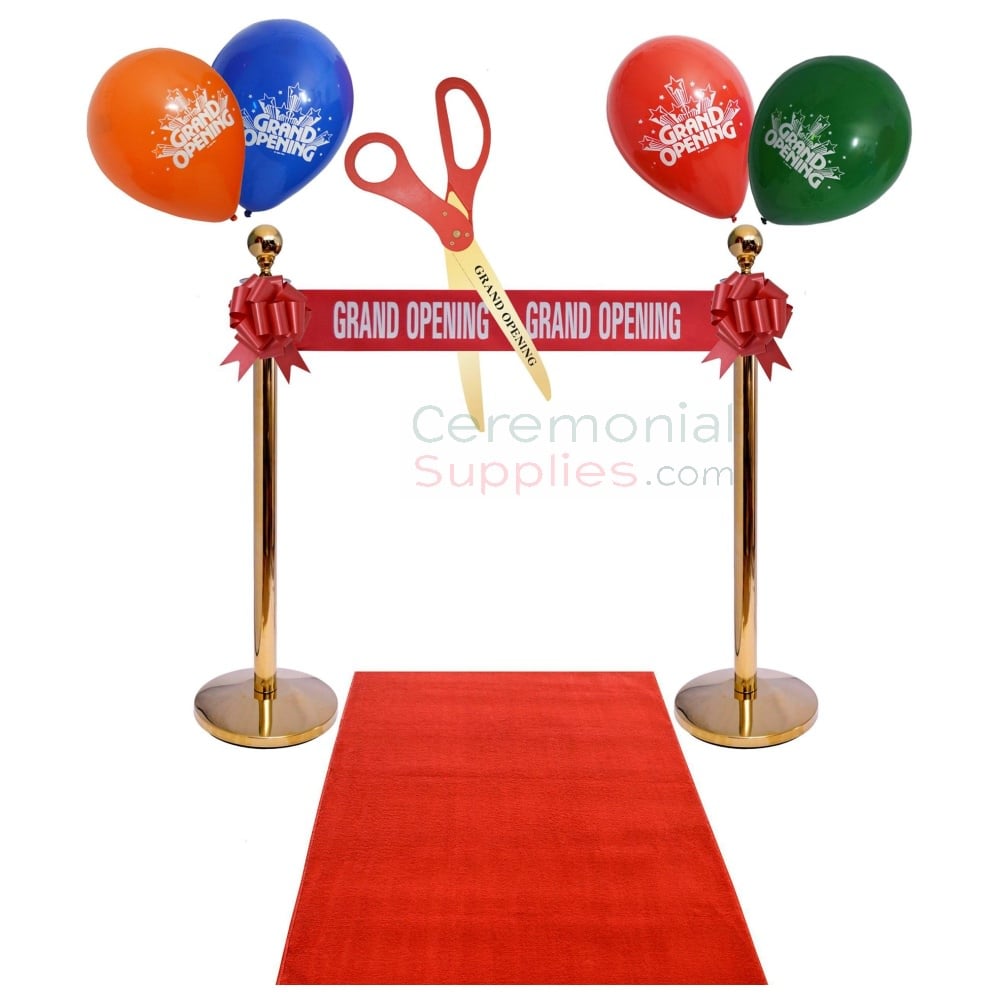World expositions and fairs have been grand showcases of human achievement, culture, and innovation, often featuring elaborate displays and decorations including ceremonial ribbons and banners. Several of these events stand out for their scale and the extensive use of such decorative items, and at least 5 World Expos and Fairs showcase ceremonial ribbons more than anything else! We are CeremonialSupplies.com, the best online shop for all you need to organize a top notch grand opening or ribbon-cutting ceremony, groundbreaking or laying of the first stone ceremony, military functions and balls, graduations, corporate events, and any other celebratory occasion, and it is our pleasure to share with you the 5 largest and most influential world fairs and exhibitions, and how ceremonial ribbons and banners were used on a grand scale in these magnificent events.
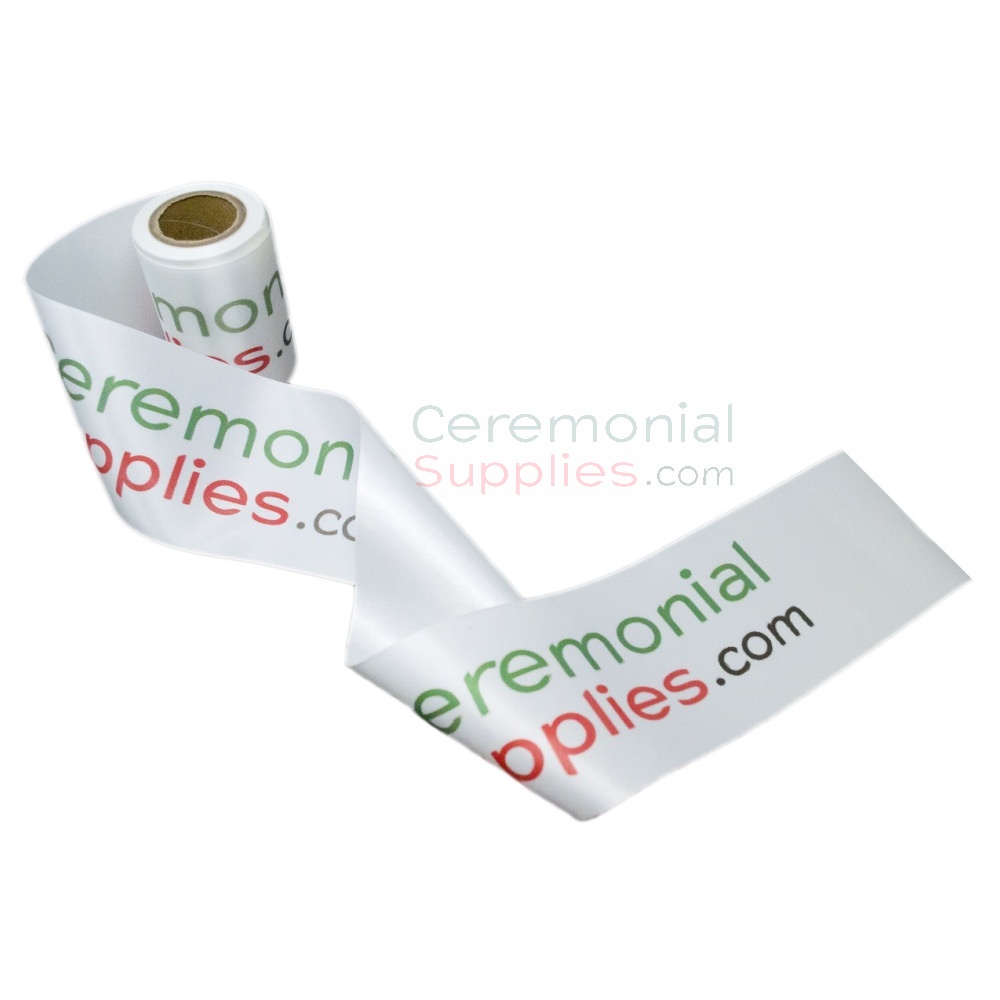
The Great Exhibition (1851, London):
The Great Exhibition, held in the Crystal Palace in Hyde Park, London, was one of the earliest and most influential world's fairs. It took place in 1851 and showcased the industrial, cultural, and artistic accomplishments of nations from around the world. The event featured a vast array of ceremonial ribbons and banners that adorned the exhibition halls, pavilions, and entrances. The ribbons, branded by embroidery with names of countries and locations that participated in the exhibition, and banners that displayed brand names and commemorative messages were used to decorate and mark different sections, and decorate the Crystal Palace.

Decoration of the Crystal Palace:
The Crystal Palace, a marvel of Victorian engineering and design, was adorned with a profusion of decorative elements, including colorful ribbons of every width and length and banners, used for ostentatious decorative creations. These ceremonial ribbons and banners were used to embellish the interior and exterior of the building, enhancing its grandeur and creating a festive atmosphere for visitors. While specific records detailing the exact quantity of ribbons and banners used at the Great Exhibition are not available, contemporary accounts emphasize the enormity of the widespread use and visual impact of ceremonial ribbons, and the many decorations and displays in which they were used abundantly, contributing to the overall spectacle and success of the event.
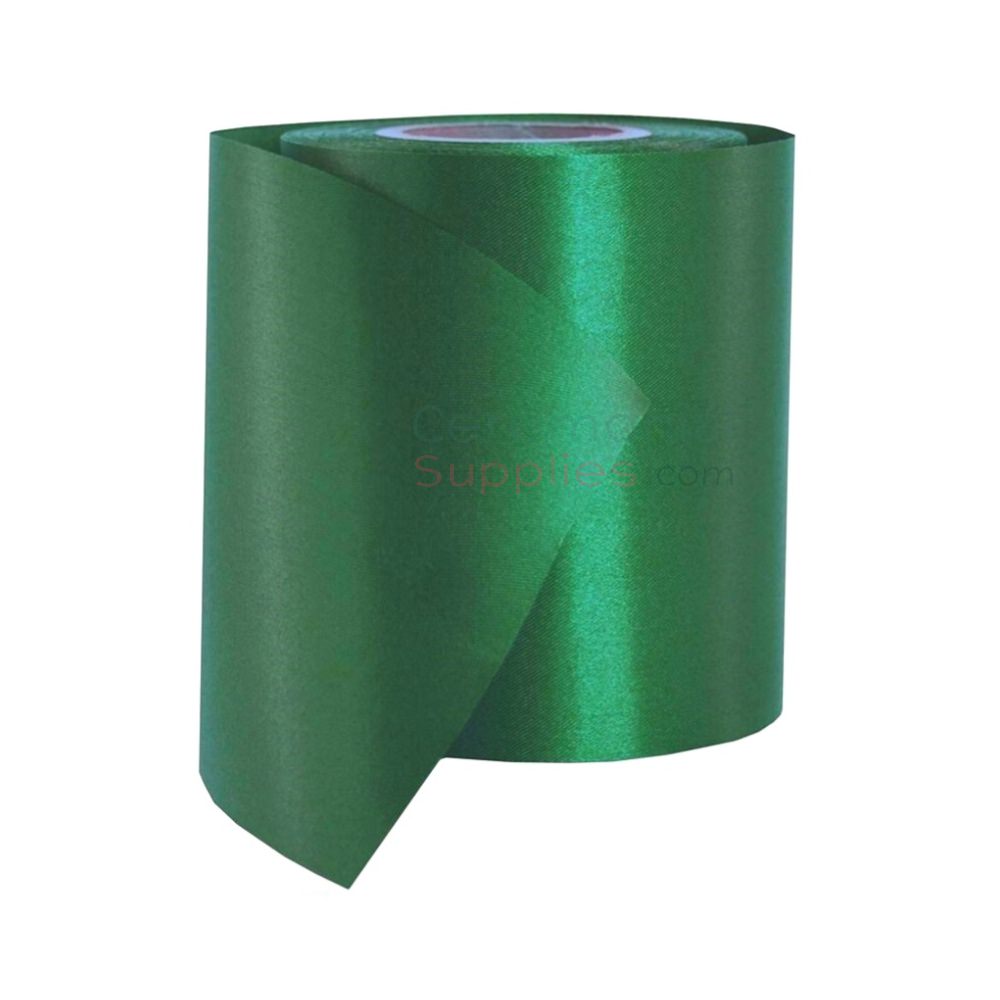
Exposition Universelle (1889, Paris):
The Exposition Universelle held in Paris in 1889 was a monumental event that coincided with the centennial celebration of the French Revolution. The highlight of this exposition was the unveiling of the Eiffel Tower, which was constructed as the entrance arch to the fair. Ceremonial ribbons and banners played a significant role in the decoration of the Eiffel Tower and the fairgrounds, adding color and grandeur to the event. Patriotic color ribbons were used to adorn the tower, different color ribbons and custom-branded ribbons with embroidery were used to decorate pavilions, and street banners showcased the diversity of participating nations and their contributions to art, science, and industry. CeremonialSupplies.com selection of grand opening ribbons, custom-branded ceremonial ribbons, vertical ribbon banners 12” wide x (your choice length) 10, 15, 20, or 25 yards. Example: A 12”wide x 25 yards custom-branded ceremonial ribbon will yield 25 vertical banners, each 12” wide x 36” (3’) long. The vertical ribbon banners are the most popular street-style banners for decorating and were used prominently at the Exposition Universelle.

World's Columbian Exposition (1893, Chicago):
The World's Columbian Exposition held in Chicago in 1893 commemorated the 400th anniversary of Christopher Columbus' arrival in the Americas. This exposition is particularly noteworthy for its extensive use of ceremonial ribbons and banners. The fairgrounds were adorned with countless colorful ribbons and banners that adorned buildings, bridges, and walkways, creating a vibrant and festive atmosphere. These ribbons and banners represented different countries, states, industries, and exhibits, contributing to the visual spectacle of the event.
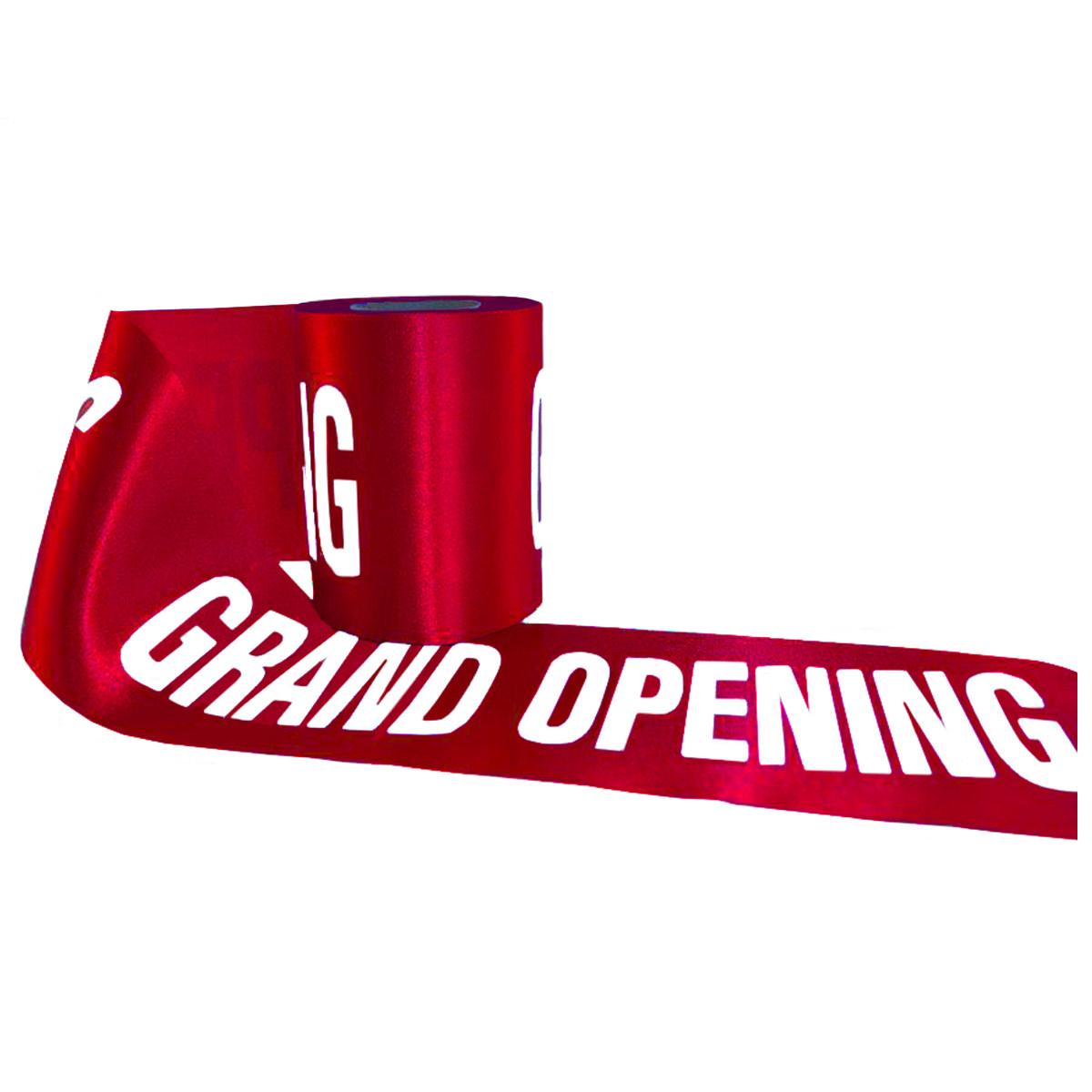
Panama-Pacific International Exposition (1915, San Francisco):
The Panama-Pacific International Exposition held in San Francisco in 1915 celebrated the completion of the Panama Canal and showcased the achievements of the United States and other nations. Ceremonial ribbons and banners were used throughout the exposition to decorate pavilions, exhibition halls, and outdoor spaces. Extra-wide ceremonial ribbons of specific colors were used to demarcate different thematic areas, highlight key exhibits, and create a cohesive visual identity for the event.
Expo ‘67 (1967, Montreal):
Expo 67 held in Montreal, Canada, in 1967 was a major international exposition that marked Canada's centennial celebrations. This event featured a diverse range of exhibitions, pavilions, and cultural displays from countries around the world. Ceremonial ribbons and banners were extensively used to decorate the fairgrounds, pavilions, and entrance gates, adding color and flair to the event. They were also used in parades, ceremonies, and special events held during the exposition.

These world expositions and fairs represent just a few examples of events that used ceremonial ribbons, grand opening ribbons, and banners on a grand scale. The use of these decorative elements not only added visual appeal but also symbolized the unity, diversity, and creativity of nations coming together to celebrate human achievement and progress. Shop CeremonialSupplies.com ceremonial custom-branded ribbons, grand opening ribbons, custom-branded ceremonial scissors, complete grand opening kits, custom-branded carpets, logo-printed mats and event rugs, and all the trimmings and accessories for a grand fair of your own, anywhere, anytime; you will love our quality products and service, our budget-friendly prices, attentive and knowledgeable customer service, and prompt and efficient shipping wherever you are. Click here for a quote.


